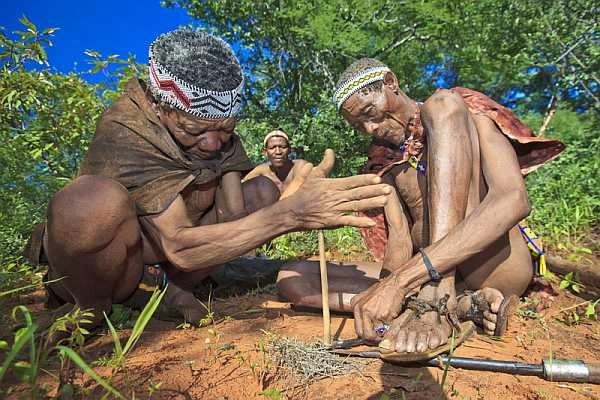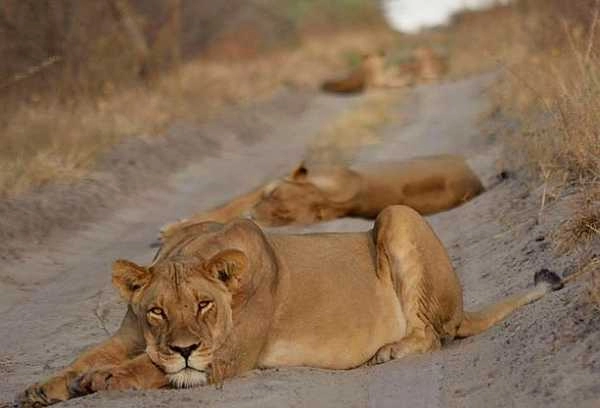The Central Kalahari Game Reserve is a birders paradise as well as there being plenty of game that gather at the infrequent waterholes increasing your chances of witnessing a dramatic chase and kill.

The Central Kalahari Game Reserve in Botswana is larger than Denmark or Switzerland, and bigger than Lesotho and Swaziland combined. The 52,800 square kilometer Central Kalahari Game Reserve, which was set up in 1961, is the second largest game reserve in the world.
Situated right in the center of Botswana, this reserve is characterized by vast open plains, salt pans and ancient riverbeds. Varying from sand dunes with many species of trees and shrubs in the north, to flat bushveld in the central area, the reserve is more heavily wooded in the south, with mopane forests to the south and east. Rainfall is sparse and sporadic and can vary from 170 to 700 millimeters per year.
Kalahari safaris are best between December and April, when the animals tend to congregate in the pans and valleys. Temperatures are extreme and can exceed 40°C in the day but may drop below -14°C at night!!
Deception Valley is all that remains of a sprawling riverbed that has long since dried up. Stretching across 80km of the Central Kalahari Game Reserve's north, the valley is now covered with short grass, dotted with the occasional island of bushy trees. Some of the roots of the larger trees extend as far as 50m below the surface to the water table, enabling them to survive the dry winters.
The low canopies of these tree grove islands, usually made up of umbrella thorn (Acacia tortilis) and buffalo thorn (Ziziphus mucronata) provide shelter for game during the heat of the day and one can often see lion dozing in the shade of these thickets.
The low canopies of these tree grove islands, usually made up of umbrella thorn (Acacia tortilis) and buffalo thorn (Ziziphus mucronata) provide shelter for game during the heat of the day and one can often see lion dozing in the shade of these thickets.
On this image, you can see them on the road with the 'bush' on either side of the road. This is a common & wonderful sighting in winter in Africa in the early mornings and later in the afternoon as the road retains some heat whereas the shade of the 'bush' will be much cooler. This is one of the main reasons why early morning and late afternoon game drives are the best times for a safari and to spot the wildlife. In summer, they don't really need to do this.

The Owens', who lived on the pan for seven years studying the brown hyena that live here, wrote the book, "Cry of the Kalahari" which brought the attention of readers to this previously little-visited area and even today many people refer to the Central Kalahari simply as Deception. The name "Deception" comes from a pan the dry surface of which sometimes appears convincingly full of water until one gets right to the edge.
Email us now to book your This email address is being protected from spambots. You need JavaScript enabled to view it..
Email us now to book your This email address is being protected from spambots. You need JavaScript enabled to view it..
